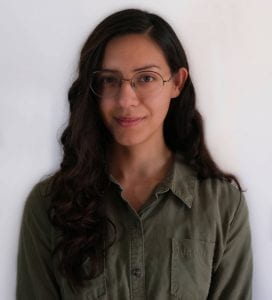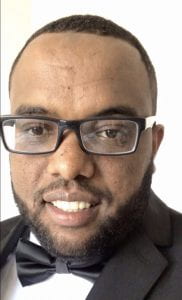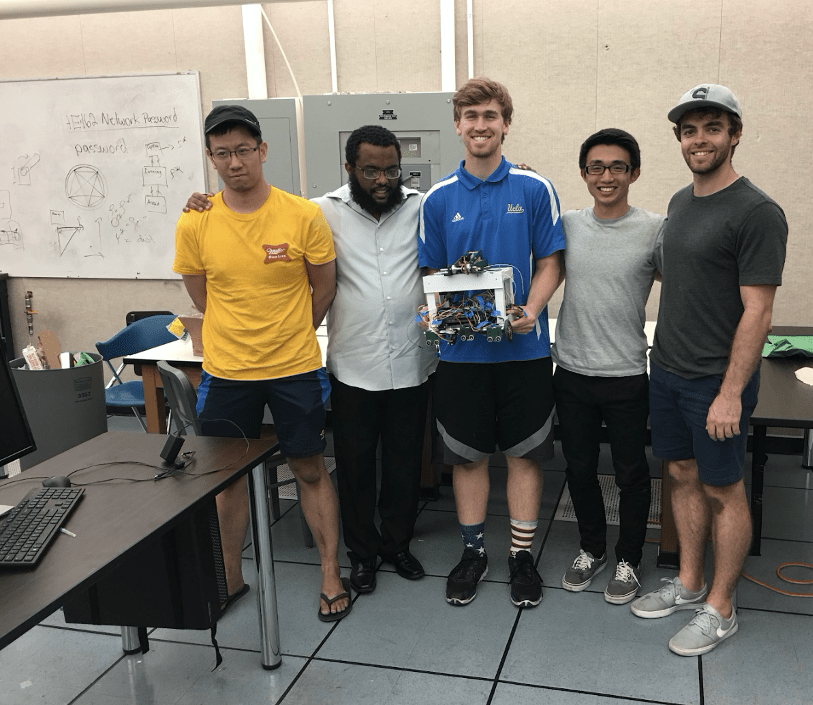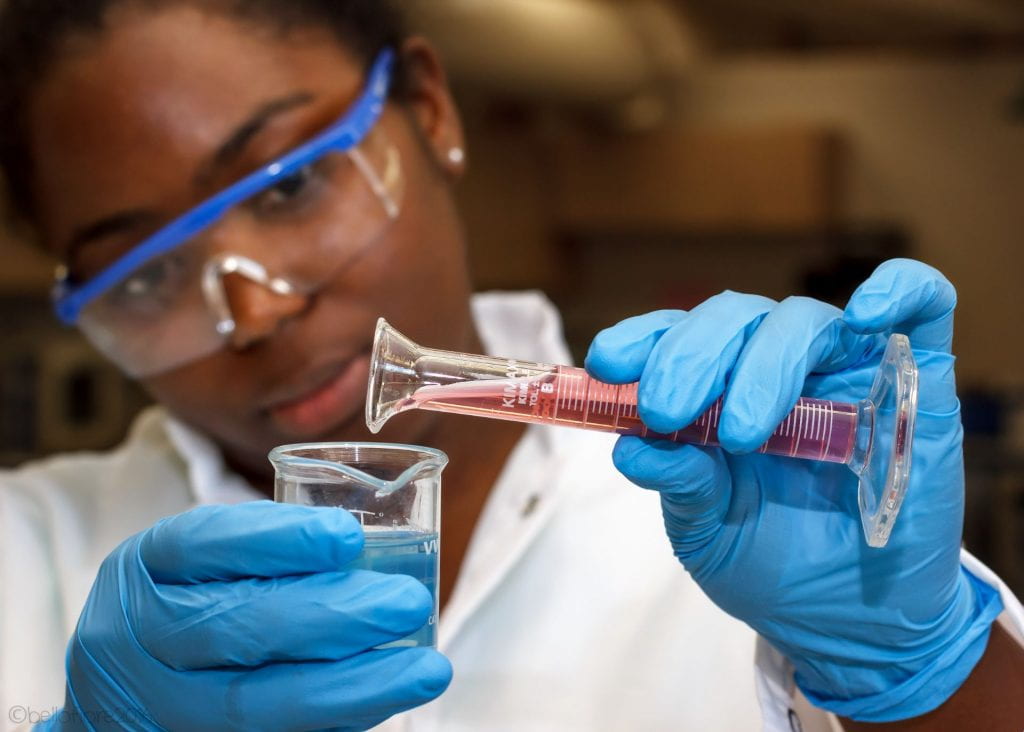
Ashley Hall found her way into biomedical engineering after completing her degree in materials science and engineering at the University of California, Merced. Though nervous about starting an M.S. program in a new discipline upon arrival at SJSU, Hall became more enthralled with the multifaceted nature of the field from each course she took.
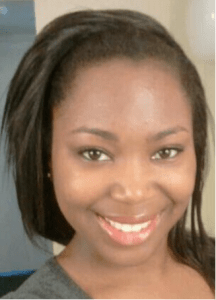
Ashley Hall
’18 MS Biomedical Engineering
“Some classes were powerhouse classes for me, such as Prosthetics and Orthotics, Introduction to Biomedical Engineering, Medical Device Regulation, and Medical Imaging. In those courses, I found that I could sit and listen even if I wasn’t being graded. The professors were interested in the topics and the ideas presented were personable to me. From there, I felt inspired and pitched my own project for my thesis work.” That project was titled Conductive Graphene/PLGA Hybrid Composite Created by Environmentally Friendly Ink Formulation for Use in Peripheral Nerve Repair.
“Having to write a project proposal was a nerve-wracking and rewarding experience,” says Hall. “Having to inch through all the parts that go into putting together a research project has become invaluable. The skillset translates into many different situations outside of research.”
While working on her M.S. degree, Hall was able to intern at the Lawrence Livermore National Laboratory. “[This] allowed me to see how much networking and external help is needed to have a functional project. Initially, I thought once you have an idea, you are good to go. That cannot be farther from the truth. Just as important as your research question, you will have to be able to explain why your project is essential and your results in an understandable way. The easier it is to see why your project is amazing, the easier to get the funding, and the easier to get backing for the things you need. I didn’t realize early on that research projects are a marriage of IQ and EQ skills. Don’t underestimate those soft skills.”
Hall says that the courses she has taken at SJSU only helped her fall more in love with the field of biomedical engineering.
“I knew I wanted to be in medicine, but I know I didn’t want to be an MD. The variety of topics available quickly helped me find what I was interested in and [what] I am not. I plan to continue pursuing higher degrees. My M.S served as a springboard [for] me to experiment with research in academia and understand the connections between research and commercialization.”
Post-graduation in 2018, Hall was hired at the Lawrence Livermore National Lab under the Materials Division. “At the lab, I can interface with many up-and-coming technologies. While not directly in biotechnology, I have seen many exciting and new ways that biological concepts are being utilized for different applications in seemingly dissimilar fields.”
This research and development experience offered Hall a wider perspective on the different directions she could as a professional in STEM.
“I didn’t have to be an MD to work in medicine; I could work in regulatory or quality control. I can research industrial scale-up. I can do academic research. The path I take is led by my interest and not caged by the degree that I have.”
Ashley Hall was nominated for an Alumni Spotlight by bioengineering faculty member Folarin Erogbogbo. Professor Erogbogbo is a strong advocate for students looking to incorporate industry experience into their academic studies.
